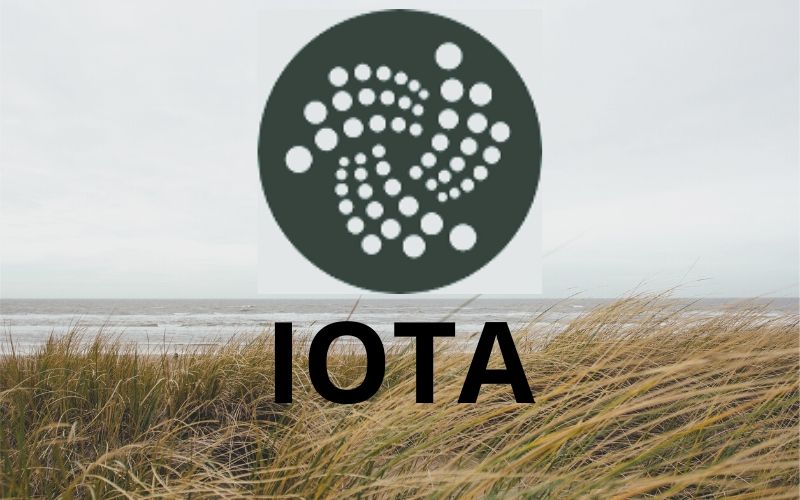The development update released on 14th January 2020 by Jakub Cech, the director of Engineering at the IOTA Foundation, indicates that IOTA (MIOTA) is inching closer to full decentralization. The update shared the detailed progress made in December 2020.
In the report, the Chrysalis testnet and the pre-alpha version of IOTA smart contracts were rolled out to the public in December. And Hornet has been running on this testnet as most integrations for Chrysalis phase 2 are now ready.
In a nutshell, Chrysalis is the intermittent stage (IOTA 1.5) before unveiling Coordicide. Explaining the major objective of releasing the testnet to the public, IOTA Foundation says it was meant to test all of the Chrysalis components openly while adding remaining capabilities and components.
Auditing of Bee Node Software, Stronghold, and Firefly
From next week, users will be able to test the Bee node software on the testnet. The Bee Node software audit is ongoing and will conclude in early February—or after three weeks.
Developers also released version 0.3.5 of Pollen—the first phase designed as the testbed for engineers and developers testing and validating the concepts of IOTA 2.0. The update will be more robust, secure, and reliable, as that was the main goal.
Read Also: IOTA Moves Closer to the Launch of Chrysalis Phase 2
The development team is also working on Stronghold and will release its Beta version in Spring. The primary determinant will be its feature-completeness and robustness.
Meanwhile, most of Firefly‘s user interface is complete. Its code will also be audited in January.
Leading IoT
IOTA is the leading distributed ledger technology (DLT)-based Internet of Things (IoT) platform whose supporters say will underpin the future of machine and data economy. Unlike the common architectures deployed by existing platforms, IOTA is using a blockless system.
Their design is to inherently lower transaction fees and incrementally scale the base layer depending on the platform’s demand. Therefore, diverging from Ethereum or Bitcoin, a sharp increase in load won’t clog the network but exponentially increase its throughput.
Read Also: IOTA Launches the Alpha Version of Firefly, Comes with Improved Security and User Experience
The network throughput, as adjudged from their setting, is variable, fluctuating depending on user load.
Follow us on Twitter, Facebook, Telegram, and Download Our Android App.
